The Woodland Education Centre
Heathland Project Report Introduction List of Summary Points Summary
Heath Species Distribution on the Project Site
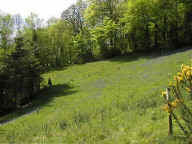 |
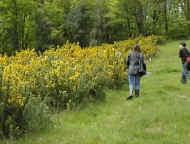 |
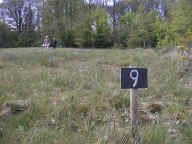 |
The distribution of species across the project site is not uniform. There are three factors which account for this.
The first, is variations in environmental conditions across the project site: soil nutrient status, pH, and water-holding capacity will vary across the site, as will gradient, microclimate, the available seed bank in the soil and neighbouring habitats. All of these environmental factors will affect which species colonise a particular region. The second major factor is the different management regimes applied to different sections and the third is the effect of selective grazing (both in terms of what species are grazed and which sections of the site are preferred) by rabbits and Roe Deer. The complex interaction of all these controlling factors determines the location and dominance of individual species on the heathland site.
The establishment of the major heath species such as Heather, Bell Heather, Gorse, Bristle Bent and Polytrichum is mainly occurring in the northern sections of 5 - 9 on the project site (Figure below).
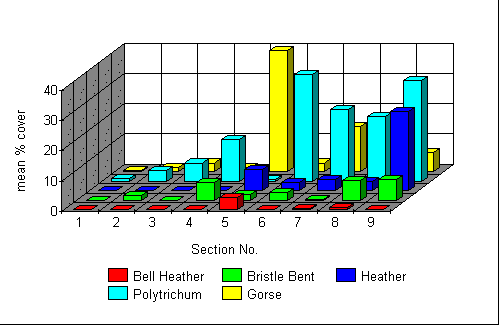 |
Distribution of major heath
species on the project site in 1998 |
It is likely that this is mainly due to differences in environmental factors. Sections 1 - 4 form a triangular area, surrounded by woodland on the western and south-eastern sides and bounded by section 5 on the northern side (Diagram). Section 5 is the control section. Initially, in 1996, the maximum height of the vegetation in this section was less than 1metre
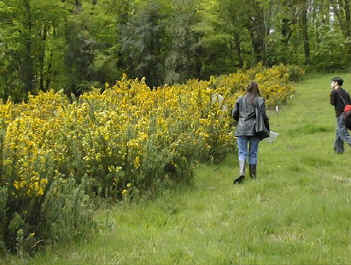 left: Common gorse on the control strip. Because plant growth has
been unchecked, the gorse has grown rapidly over a two year period.
left: Common gorse on the control strip. Because plant growth has
been unchecked, the gorse has grown rapidly over a two year period.
By 1998, the vegetation was 1.5 - 2m high throughout much of the control section. This effectively means that sections 1 - 4 are now dominated by surrounding tall vegetation. They are thus shaded for a good proportion of the day, which affects the microclimate. The surrounding vegetation must also influence these sections through nutrient enrichment (via leaf litter) and through the influence of encroaching woodland species.
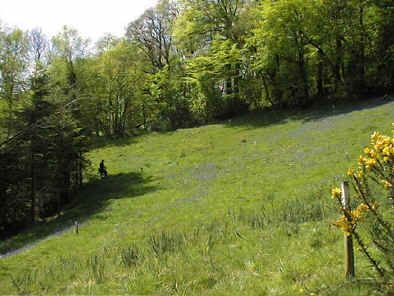 |
Sections 1-4 of the Heathland Restoration site. The surrounding tall vegetation has a noticeable effect on the growth of plants in these sections. |
The influence of the woodland on sections 1 - 4, is well illustrated by the distribution of bluebells ( a woodland species) on the site (Figure below).
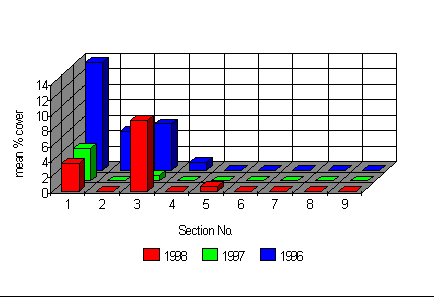 |
The distribution of Bluebells on
the project site. |
| Heathland Restoration Project Report | ||||

Other Lowland
Heaths in East Devon